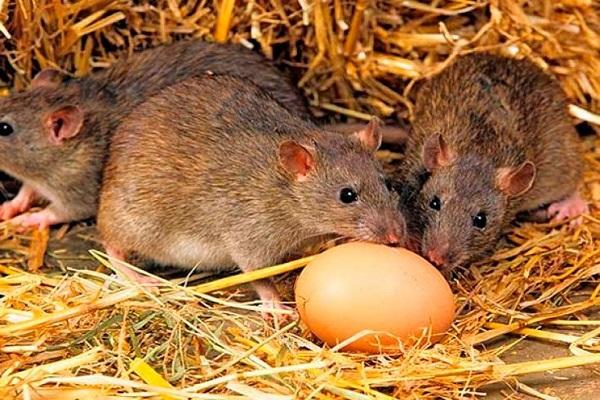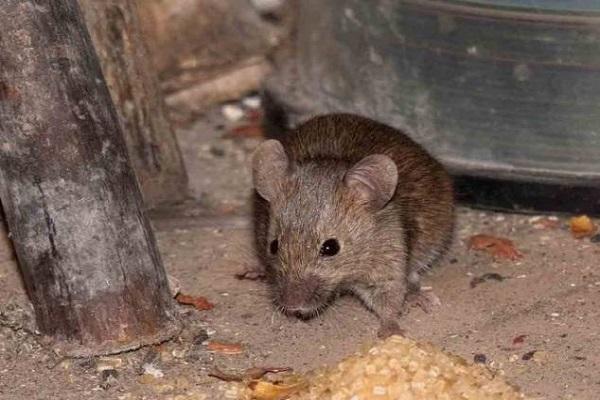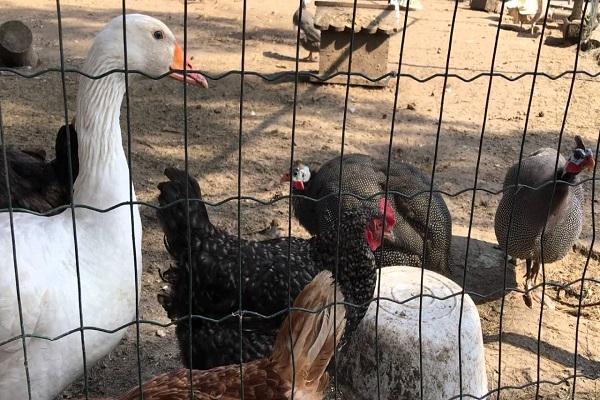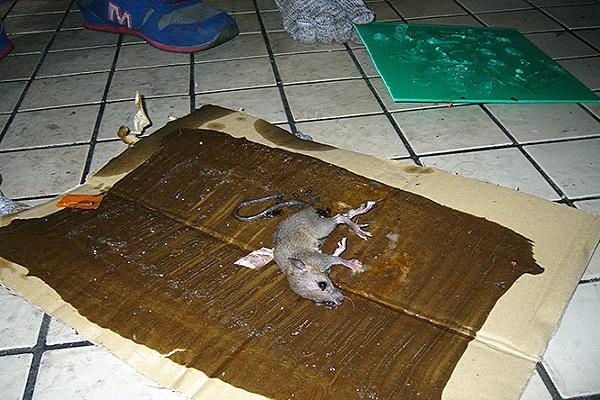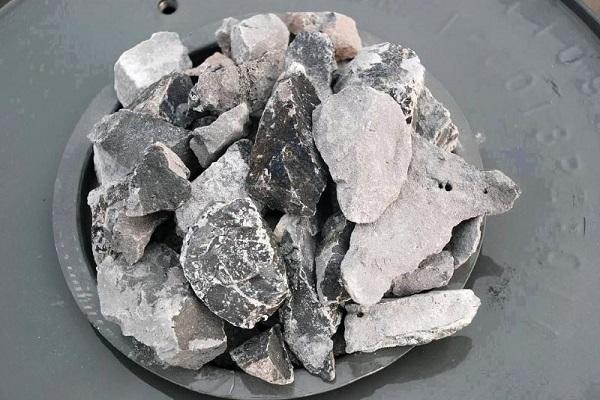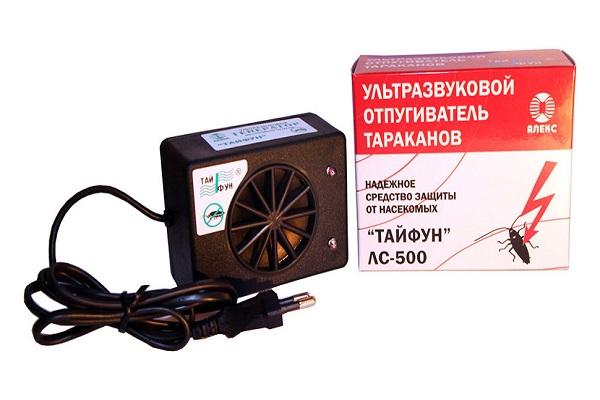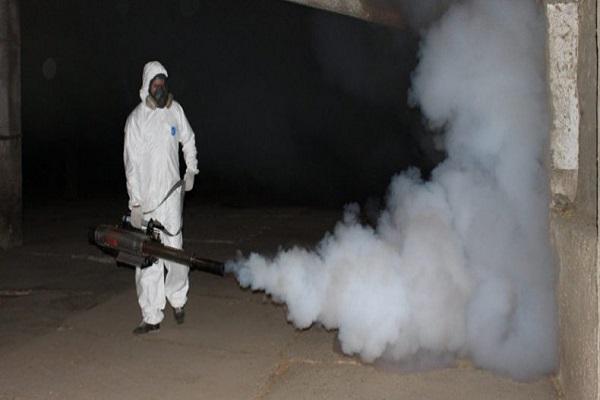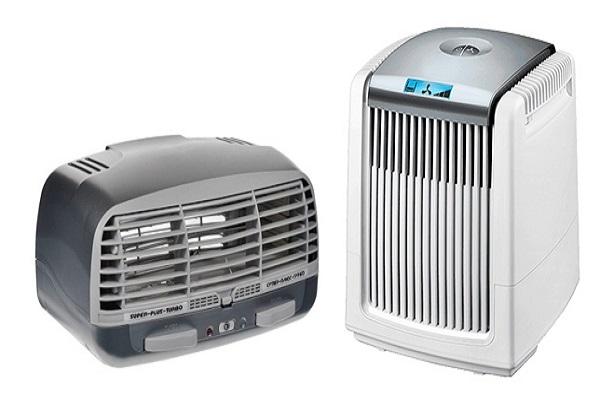Unexpected problems can arise when raising chickens. This applies to general maintenance rules, various diseases, as well as the appearance of rodents that can reduce the number of chickens. There are several ways you can deal with rats in or around your chicken coop. Owners use chemicals, taking into account the rules of dosage and administration.
Reasons for appearance
Rodents appear near chicken coops with the onset of cold weather. This is due to the deterioration of living conditions and the removal of crops from fields where rodents fed during the warm summer.
The chicken coop attracts rats for several reasons:
- heat source;
- food source;
- the presence of the smell of young chicks, fresh eggs.
Most chicken coops are barns with caulked holes between logs built on the ground. It is not difficult for rodents to dig a hole under a building or find a gap in the reinforcement of a wall.
The appearance of rats in the chicken coop is indicated by pronounced signs:
- theft of eggs, the presence of parts of the shell near the perch;
- traces of droppings;
- the appearance of an ammonia odor;
- teeth marks on wooden poles.
Can a rat attack a chicken?
Most often, owners are afraid of eggs being stolen from hatched nests, but sometimes hungry large rats attack chickens. Predators are able to eat a small chicken whole.
Mice often strangle chicks, but cause little visible harm to adult chickens.
How to get rid of rats in a chicken coop forever
Getting rid of rodents is an important condition for maintaining a chicken coop. Rodents are dangerous for many reasons:
- They are often the source of infectious diseases, which are found in garbage dumps among decaying waste and carried on their paws.
- The constant presence of rats near the chicken coop negatively affects the general condition of the chickens, and subsequently affects productivity - they stop laying eggs.
- Regular egg theft leads to a complete decrease in the reproductive capacity of some laying hens.
- Rats can be a source of plague, rabies, salmonellosis, and toxacorosis.
To get rid of predatory rodents, various means are used.Many owners note that the best results are achieved through an integrated approach.
Biological
Biological methods of controlling the rodent population include exposure to odors to which the rodents are intolerant, as well as the protection of the territory by cats and dogs.
To spread the smell, use mint or black elderberry. Mint is brewed with boiling water so that the infusion is dark and strong. They soak pieces of fabric in this liquid and lay them out on the territory of the chicken coop, plugging the holes they have made with them.
Leaves, branches and berries of black elderberry are crushed and laid out near suspected or visible openings. In addition to black elderberry, they use burnt and smoldering wool - rats cannot stand this smell and leave their inhabited holes. The disadvantage of this method is that the rats will return after a while.
Sphynx cats are capable of destroying small rats, provided they constantly remain near the territory and have the opportunity to hunt rodents. Dogs and hedgehogs are also adopted for this purpose. The following dog breeds are called rat hunters: dachshund, bull terrier, fox terrier.
Advice! Turkeys and geese, which are specially placed with chickens for these purposes, can warn of a mouse invasion. They raise the alarm and are able to repel the attack of small mice.
Mechanical
The mechanical method involves the use of traps. They are placed in such a way that a caught rat can be quickly detected and destroyed, preventing the carcass from decomposing. This option is dangerous because a trap created for rats can catch the chicken and harm it.
Mechanical traps are classified according to the type of device:
- Traps. Various traps that are often triggered before the rat steps on the grasping and holding portion of the device.
- Mousetraps.These are bulky devices with a closing mechanism that should not be placed in the chicken coop to avoid trapping the chicken. In order to attract the rodent, bait is used.
- Glue baits. One of the most common types. Suitable only for small mice and rats, as it is not able to hold an adult.
Folk remedies
Throughout the existence of the national economy, many effective ways to get rid of rats have emerged, for which they use available means at hand.
To combat rodents, take wood ash and generously cover the approaches to the chicken coop. The mechanism of action is based on the fact that the ash remains on the rats’ limbs, begins to corrode them, and when they try to lick it, it enters the stomach and acts on the rat from the inside. The disadvantage of this method is that the process takes a long time. During the period of exposure to ash, the rat can cause significant damage.
Wheat flour is mixed with construction plaster in equal parts. The mixture is left in a visible place, with water placed nearby. The combination of the mixture and water in the stomach of a rat leads to the formation of a poorly soluble lump, which causes instant death.
The disadvantage of this method is that the rat dies in a hard-to-reach place in the chicken coop, where it begins to decompose, after which there is a danger of infection of the bird.
One option is to lay out carbide in holes. After some time, it begins to release gas, which helps get rid of rats.
A medicinal plant, black root, is planted near the chicken coop. One option is to hang freshly cut blackroot around the coop. Thorns grow on the stems and branches of blackroot, which cling to the animal’s fur. The rat is not able to get rid of them on its own.Over time, the thorns cause maximum harm to the rodent. This herb is called "rat grass". It can force small rodents to avoid the chicken coop.
Ultrasonic
For chicken coop holders, special products are recommended that operate at the level of ultrasonic frequencies and help remove rodents from areas where it is possible to create a connection. These sounds are not harmful to humans or chickens, but they do affect rats, causing panic and causing them to flee from dangerous territory.
The disadvantage of this method is that it forces predators to leave the territory, rather than destroying the individuals. In addition, it is impossible to track the result immediately after a single use.
Popular and in demand products: Typhoon 500, Grad 300. The operating principle is based on connecting to an electrical outlet. It is enough to place these devices at a distance of 1 meter from the floor and point them towards the intended hole.
Chemical
Methods for treating premises with chemicals can damage the health of not only mice, but also chickens - this is the main drawback of the method. Chemicals are recommended to be used when absolutely necessary, when the number of rats is alarming.
Carbonation is carried out using special devices that spray chlorine or carbon monoxide inside the chicken coop. To carry out the procedure, special protection for the hands, face, and the use of a protective suit are required.
Poisonous pesticides are mixed with food and left so that the rats eat part of the mixture. The danger of this method is the attraction of domestic animals to the food, the possibility that some chickens may be poisoned.
Precautionary measures
Controlling rats inside the chicken coop will take some time.When carrying out procedures, one must not forget about precautions. They include the use of protection when treating the area with chemicals and following certain rules in addition to this:
- Traps with food are laid out using protective gloves (rats are suspicious of human smell and will not approach food if it smells like humans).
- Pesticides and products mixed according to folk recipes are not stored near household chemicals or food.
- Once a corpse is discovered, it is immediately destroyed to prevent decomposition.
Advice! If the risk of rat death after exposure to poison in a hard-to-reach place is high, then chemicals with the additional effect of mummification are used.
How to get rid of the smell of a dead rat
A dead rat is dangerous. The carcass of an animal can take a long time to decompose and produce a strong odor. The main problem is the ability of the smell to spread over a distance of up to 300 meters, so it is almost impossible to determine where the corpse is by smell.
To remove odor, use proven techniques:
- Odor absorbers. These are substances that are used if they know approximately where the decomposing rodent is located. Most often, places that are difficult to access for carcass removal are chimneys, pipes, and narrow passages. They purchase special adsorbent bags, which are placed near the source of the odor and left for several days, provided the doors and windows are closed.
- Chemicals. For processing, concentrated chemicals such as formaldehyde are used. They treat adjacent surfaces using protection for hands and face.
- Ionizers. Devices that absorb odors.The devices work in limited areas and help cope with mild odors.
- Neutralizers. These are substances that are released in the form of sprays that eliminate strong odors provided that the area from which they are emitted is treated.
Prevention
When maintaining a chicken coop, preventive measures are taken to protect against rodents. Rats are not afraid of water - they swim well, they are not stopped by the lack of large holes to get inside the chicken coop - they are able to get inside through holes that are 2 times smaller in size than a rat carcass. This means that rodents are cunning and dangerous.
One of the effective preventive measures is to build a chicken coop based on concrete mixed with broken glass. If you have a wooden shed without a solid foundation, use broken glass mixed with crushed stone to scatter around the perimeter. It is scattered in a dense, high layer - from 15 to 20 cm. Broken glass is not dangerous for chickens, but can prevent rats from entering. The layer is constantly updated.
Advice! When filling holes in walls, it is also recommended to use broken glass.
In order to prevent egg theft, roosts are arranged on high ground. The inside of the nests is constantly cleaned. Do not leave food that could attract rodents.
Various methods are used to control rodents. They are chosen depending on what result they plan to achieve. Biological and ultrasonic methods force animals to leave their burrows, while mechanical and chemical methods completely destroy individuals.

